
News

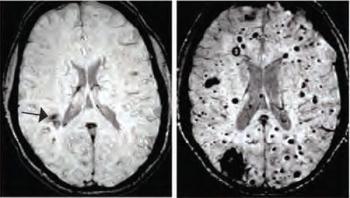
A study in mice and humans suggests that bacteria in the gut can influence the structure of the brain's blood vessels, and may be responsible for producing malformations that can lead to stroke or epilepsy. The research, published in Nature, adds to an emerging picture that connects intestinal microbes and disorders of the nervous system. The study was funded by the National Institute of Neurological Disorders and Stroke (NINDS), a part of the National Institutes of Health (NIH).

Brisbane researchers have synthetically re-created Zika virus in the laboratory, a breakthrough which will help to understand the virus and the fetal brain defects it causes. The collaborative research was led by University of Queensland School of Chemistry and Molecular Bioscience's professor Alexander Khromykh and professor Andreas Suhrbier from QIMR Berghofer Medical Research Institute.





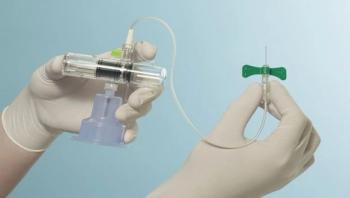


Researchers from the Vavilov Institute of General Genetics of the Russian Academy of Sciences (VIGG) and the Moscow Institute of Physics and Technology (MIPT) have established a catalog of mutations in 319 virulence genes of mycobacteria that cause tuberculosis. These genes encode proteins that suppress human immune response. Further analysis identified a set of three mutations which may enable mycobacteria to develop rapidly in an immunocompromised environment. The emerging strains of TB pathogens require new treatment approaches including the development of new genetically engineered vaccines that take into account both the immune status of a patient and the specific virulence features of a pathogen. The article was published in Genome Biology and Evolution (Oxford University Press, UK).

New research led by Alexey Terskikh, PhD, associate professor at Sanford Burnham Prebys Medical Discovery Institute (SBP), and Alex Strongin, PhD, professor at SBP, could be a first step toward a drug to treat Zika infections. Publishing in Antiviral Research, the scientific team discovered a compound that prevents the virus from spreading.
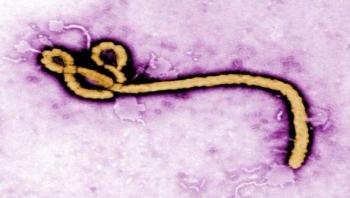
Ebola outbreaks are set to be managed quickly and efficiently – saving lives – with a new approach developed by an international team of researchers, including the University of Warwick, which helps to streamline outbreak decision-making.

Researchers from the University of Liverpool have conducted a study of Ebola survivors to determine if the virus has any specific effects on the back on the eye using an ultra widefield retinal camera.
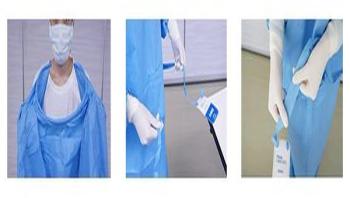
In the healthcare setting, there is an increasing need for a self-donning surgical gown that healthcare personnel can don without the need for any assistance. Also, in the context of crisis management for the Ebola virus and other severe infectious diseases, use of a gown that can be donned and removed quickly and safely as infection protection to prevent transmission to the environment is more important than ever.
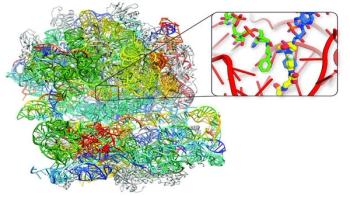
An international study led by Monash University has discovered the molecular mechanism by which the potentially deadly superbug staph evades antibiotic treatment, providing the first important clues on how to counter superbug antibiotic resistance.
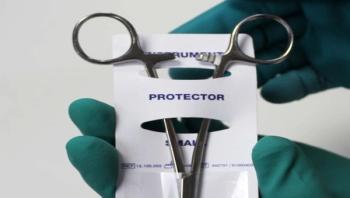






Brucellosis is an infectious disease of livestock that may be transmitted to farm workers or consumers of unpasteurized dairy products. Easy to spread and hard to detect, the bacteria that cause the illness, Brucella species, are considered potential bioterror weapons. Yet, precisely because Brucella species are so dangerous to handle, research on this important disease-causing agent, or pathogen, has lagged behind that of other infectious diseases.


Hospital superbugs enterococci arose from an ancestor that dates back 450 million years -- about the time when animals were first crawling onto land (and well before the age of dinosaurs), according to a new study led by researchers from Massachusetts Eye and Ear, the Harvard-wide Program on Antibiotic Resistance and the Broad Institute of MIT and Harvard. Published online today in Cell, the study authors shed light on the evolutionary history of these pathogens, which evolved nearly indestructible properties and have become leading causes of modern antibiotic-resistant infections in hospitals.



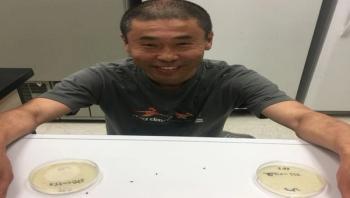
Many microbes are co-residents in our bodies, providing beneficial services in exchange for some of our resources. It’s a relationship called mutualism in which we provide a comfortable home, and they return the favor in myriad, interesting ways. Science is just beginning to scratch the surface of what the microbes in our bodies do for us. Until now, scientists have only had a murky understanding of how these relationships arise. Now Colin Dale and his colleagues at the University of Utah have an answer. It’s good news and bad news, germophobes: The bad news? Mutualistic bacteria start out by invading animal cells just like malevolent disease-causing bacteria do. The good news? Once they’re in, they calm down and play nice.

As the rate of Lyme disease grows rapidly across the United States, new research offers veterinarians a forecasting map that tells them which parts of the country are most at risk of Lyme disease infections in dogs, which could also help track and predict Lyme disease in people.